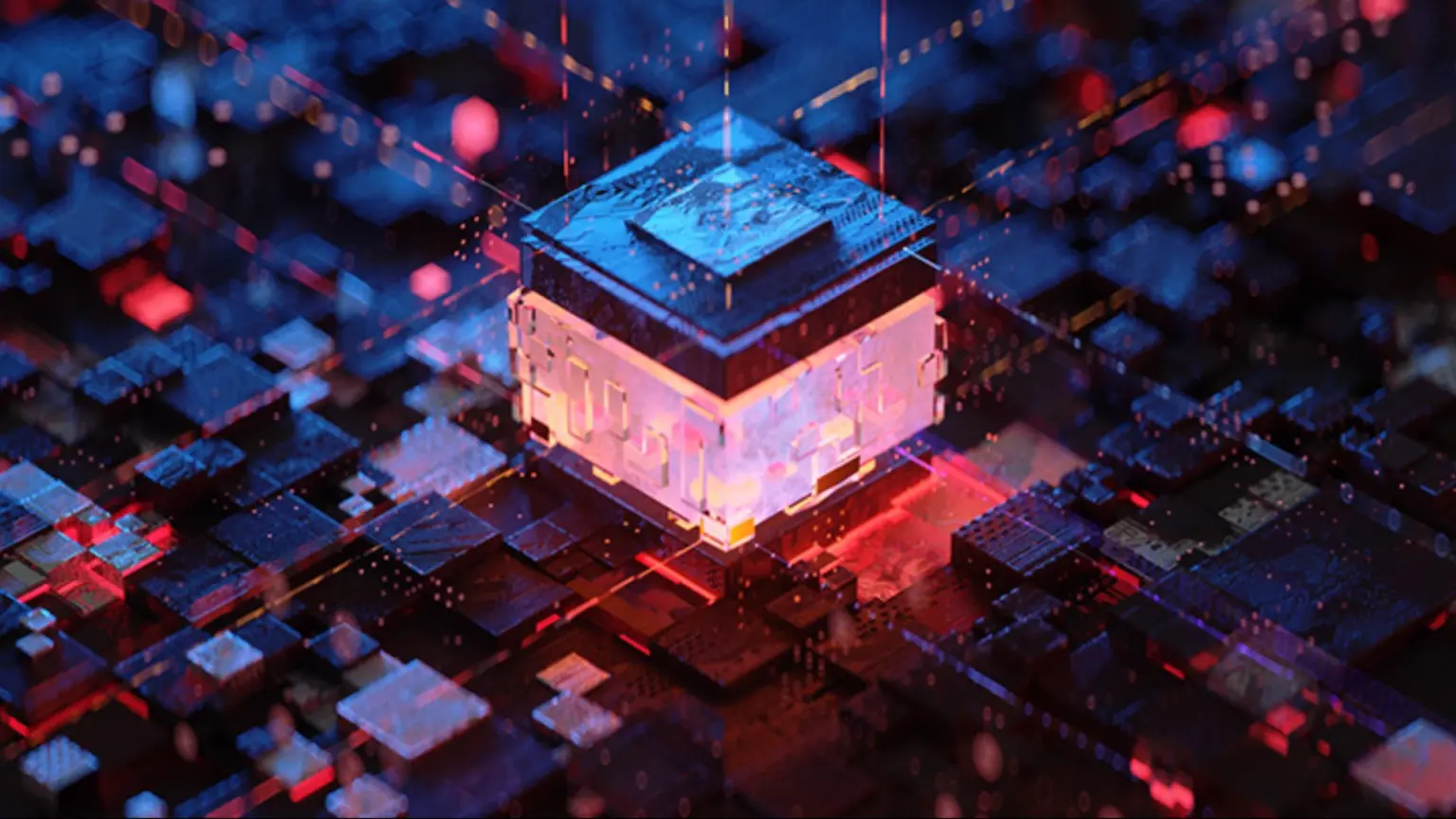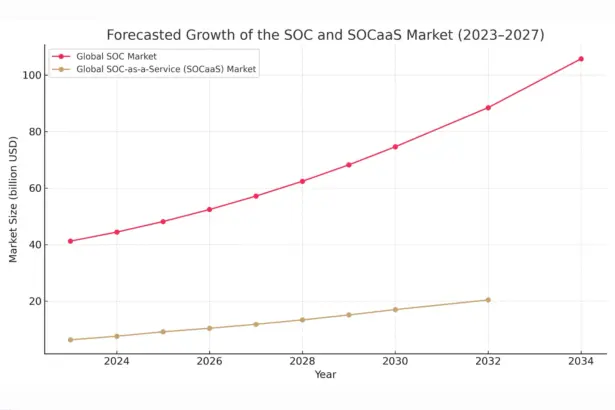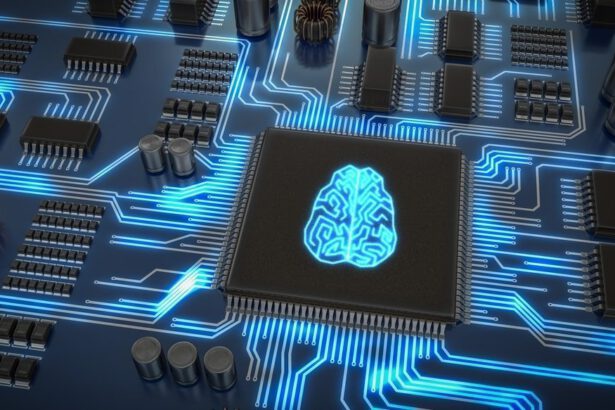Fujitsu has unveiled the MONAKA processor, a new computing unit designed to meet the growing demand for computing power while reducing energy consumption. The launch took place at ISC High Performance, where the company announced MONAKA to address the needs of modern data centres, AI computing and edge computing.
The next-generation ARM-based processor is a clear indication that Fujitsu does not intend to be overshadowed by players such as Nvidia, Intel and AMD. MONAKA, designed in 2 nm technology and with a 3D multi-core architecture, is expected to offer twice the performance and energy efficiency of current solutions. This is a response not only to performance requirements, but also to the increasing pressure to reduce the carbon footprint of data centres.
– The processor is developed with a focus on ease of use, providing full compatibility with standard open-source software and industry-standard operating systems, as well as with the existing software ecosystem for the ARM architecture, enabling customers to seamlessly migrate their resources and achieve significantly higher computing performance. It also offers the reliability, availability and serviceability of full solutions, building on Fujitsu’s heritage in mainframe, business server and supercomputer technologies, ‘ says Przemysław Szabelak, Strategic Pursuit Manager at Fujitsu Poland.
In an era of rapid growth in the use of AI – both in the public and private sectors – it is not only the performance of the processors that is becoming crucial, but also their energy efficiency and security. MONAKA has built-in ARM Confidential Computing capabilities that enable real-time data encryption, isolating virtual machines from each other and from infrastructure operators.
From a business perspective, the processor is also expected to reduce total cost of ownership (TCO) due to its compatibility with the existing ARM software ecosystem and open standards. This is an important move towards democratising access to high-performance computing – especially in the context of the rapid growth of AI in small and medium-sized businesses and the use of edge computing in industry.
MONAKA is also part of a broader project supported by Japan’s NEDO agency that aims to create a green, scalable IT infrastructure. Fujitsu’s collaboration with partners such as Arm, Broadcom and Supermicro is expected to build an ecosystem capable of competing with the dominant balance of power in the HPC and AI sector.
With MONAKA, Fujitsu is setting its sights on a future that is not only about power, but also about energy sustainability and technological openness.
– With its energy efficiency and performance, the Fujitsu MONAKA processor can realistically support the transformation towards a climate-neutral society. Its architecture combines high computing power with low power consumption, which translates into significant savings for IT infrastructures – whether in large data centres and telecommunications systems or in edge computing solutions. MONAKA offers not only high performance and energy efficiency, but also strong security and ease of integration, making it applicable in many key areas of digital infrastructure. – Przemysław Szabelak adds.










